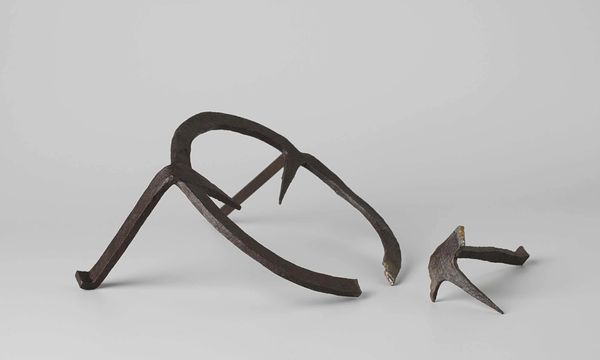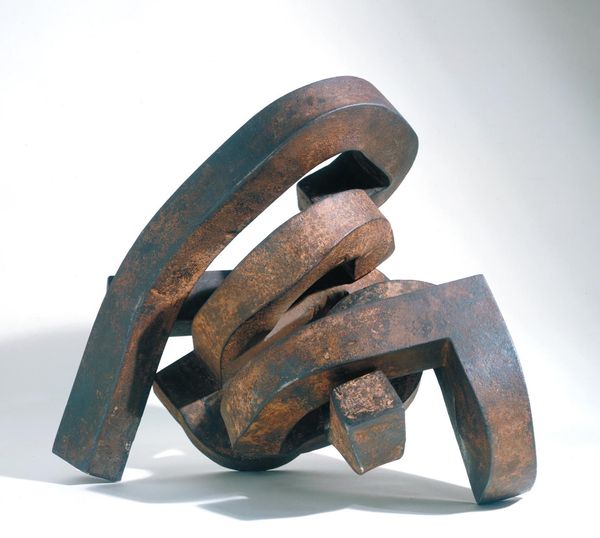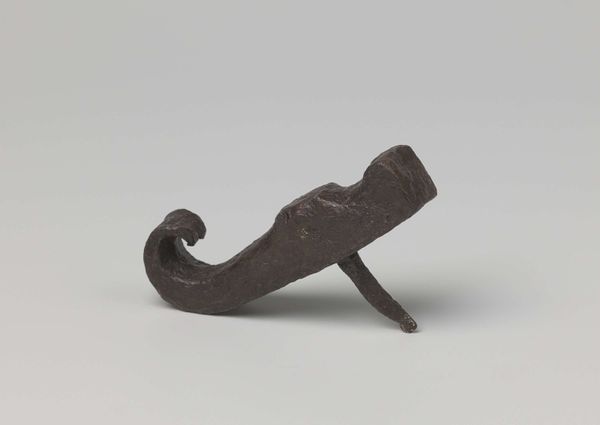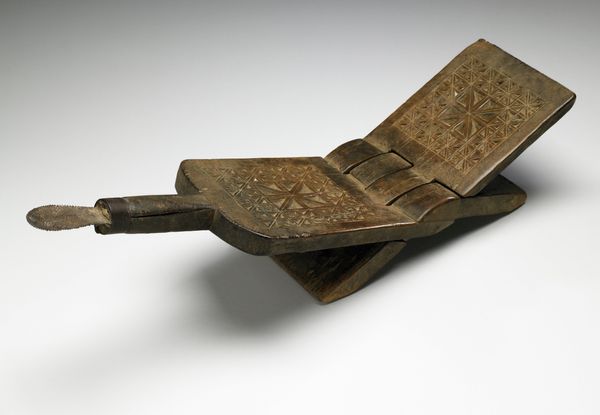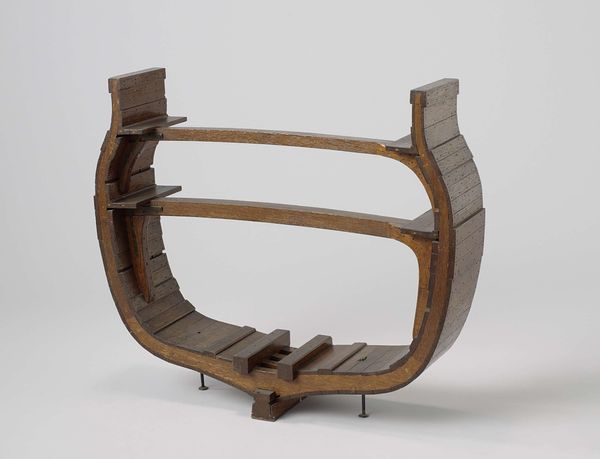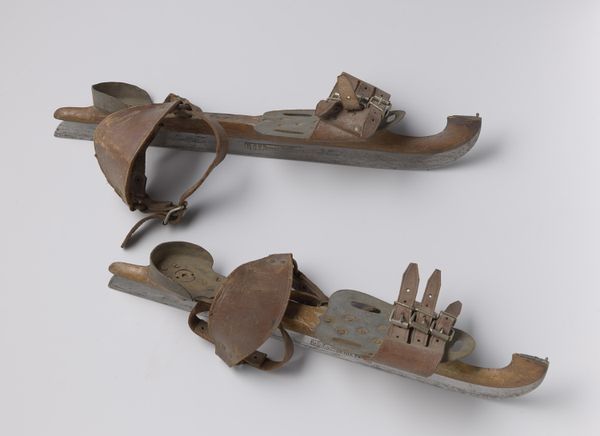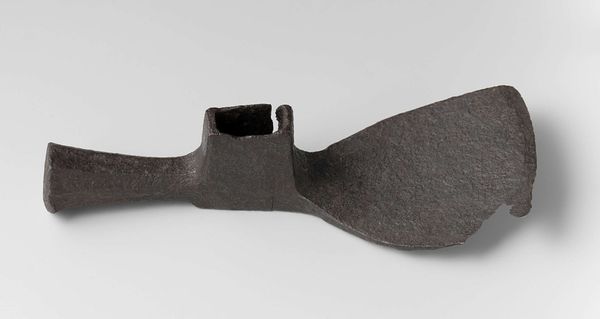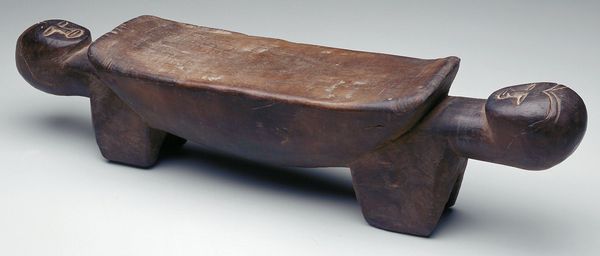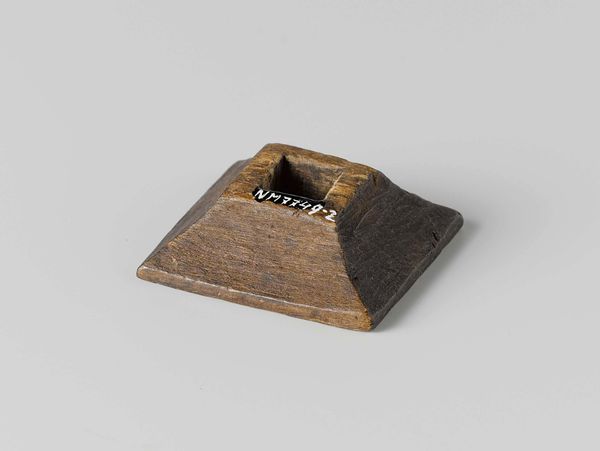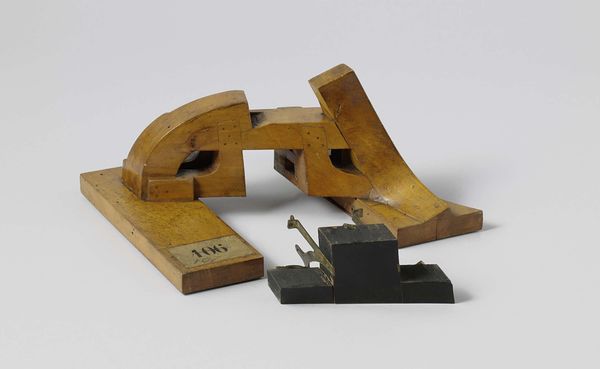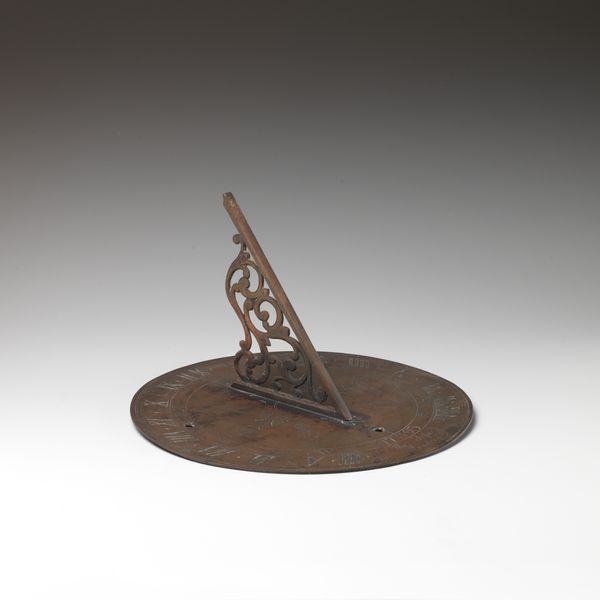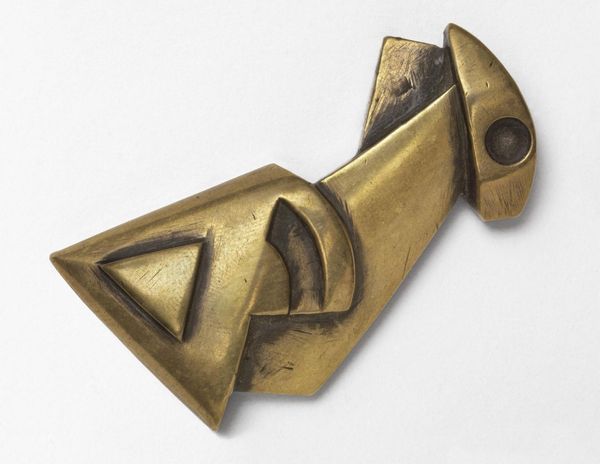
drawing, ceramic
#
drawing
#
greek-and-roman-art
#
ceramic
#
vase
#
ancient-mediterranean
Dimensions: c.: 20 3/4 × 29 5/16 × 1 3/8 in. (52.7 × 74.4 × 3.5 cm) b.: 15 13/16 × 10 13/16 × 1 3/16 in. (40.2 × 27.4 × 3 cm) d.: 12 15/16 × 20 7/8 in. (32.9 × 53.1 cm)
Copyright: Public Domain
Curator: These "Kylix fragments," dating back to 510 BC, offer a glimpse into ancient Greek pottery. They are currently held at the Metropolitan Museum of Art in New York. What catches your eye first? Editor: Well, the stark contrast between the black glaze and the terracotta immediately pulls me in. There’s an evocative quality to these broken pieces. They hint at stories untold and lives once lived. Curator: Indeed, the fragments speak volumes about the production process. This is red-figure pottery; the negative space is painted, an incredibly skillful technique considering that we see only what remains. It wasn’t merely decoration; these pots had social purpose. They reveal craftsmanship within reach of many levels of ancient Athenian society. Editor: Absolutely. The image on this piece isn’t clearly discernible in its fragmented state. Was it related to drinking culture? Or possibly Dionysian cult activity if one uses its intended content to extrapolate backwards? I am drawn to it, sensing celebration mixed with hints of melancholy due to it ending up in ruin.. Curator: Probably, the shape supports this hypothesis. These kylixes would have served wine at drinking parties called "symposia," communal activities within society and community life. And this level of output reveals quite efficient, labor-driven workshops where the potters could have operated. Editor: Interesting how such a small fragment can give way to multiple interpretations depending upon your worldview, or even background understanding of materials or symbols. It becomes an incomplete vessel – one we want to fill not just with beverage, but narrative. Curator: A beautiful and appropriate observation; fragments can trigger multiple avenues. We reconstruct stories not only from material remnants, but from these potent associations that imbue those forms and figures within our minds. Editor: A reminder, perhaps, of the inevitable impermanence inherent in every artifact, regardless of how sturdy it feels to hold. And even then, such destruction gives artifacts such as these a story unique to all time. Curator: Thank you, what began in production reveals something very new about preservation as material memory today.
Comments
No comments
Be the first to comment and join the conversation on the ultimate creative platform.
